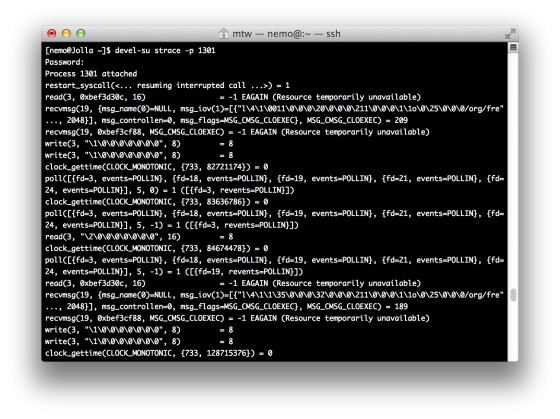

Consequently, this can reduce the footprint of the coupling element and the corresponding area-intensive coupling architecture. With the injection of noise, the coupled system demonstrates frequency locking along with the desired phase-based computational properties at 5 × lower coupling strength than that required when no external noise is introduced.


Further, our work reveals that in a coupled system of oscillators-relevant to solving computational problems such as graph coloring, the injection of white noise helps reduce the minimum required capacitive coupling strength. Experiments show that the minimum noise voltage required to induce frequency locking increases linearly with the amplitude of the oscillator output whereas it decreases with increasing number of oscillators. Specifically, in contrast to its typically expected adverse effect, we first demonstrate that a common white noise input induces frequency locking among uncoupled oscillators. In this work, we experimentally investigate the effect of noise on the synchronization of relaxation oscillators and their computational properties. Noise is expected to play an important role in the dynamics of analog systems such as coupled oscillators which have recently been explored as a hardware platform for application in computing. Simulations are based on the Lang-Kobayashi model. Both the case of open- and close-loop chaotic lasers are considered. This scheme is proposed above all for authentication of a client in an unsecure environment to a server in a secure environment, but it can be used also for peer-to-peer authentication. A bit sequence can be easily obtained from the chaotic waveforms by electronic processing, and authentication consists in comparing the sequences produced by the twin lasers. This method belongs to the PUF (Physically Unclonable Function) class however, it does not require storing the response of the hardware in a database, because both users own the same hardware (one of the twin chaotic lasers), producing, on the fly, the same response, i.e., the same chaotic waveform, when subject to the same stimulus (injection from a third laser) in the same working conditions (local injection, pump current). In this paper, we numerically evaluate a hardware-based method for authentication using a pair of twin chaotic lasers. Bit error analysis indicates that the bit error ratio between the responses is lower than that between the drive and responses over a wide parameter region due to the synchronization superiority of the responses over the drive. Combining with a robust sampling method, the BER could be further decreased toĬorresponding to an effective generation rate of 1.7 Gb/s. Through quantizing the synchronized laser chaos with a one-bit differential comparator, real-time 2.5-Gb/s correlated random bits with verified randomness are experimentally obtained with a bit error ratio of 0.07. Driven by the time-delay signature-free chaotic signal, the two response lasers are routed into chaotic states and establish a synchronization with correlation beyond 0.97 while they maintain a low correlation level with the drive signal. The dispersive feedback from a chirped fiber Bragg grating induces frequency-dependent feedback delay and thus no longer causes time-delay signature, and resultantly ensures the signal randomness and security of chaotic laser. We experimentally demonstrate high-speed correlated random bit generation in real time using synchronized chaotic lasers commonly driven by a laser with dispersive feedback.


 0 kommentar(er)
0 kommentar(er)
